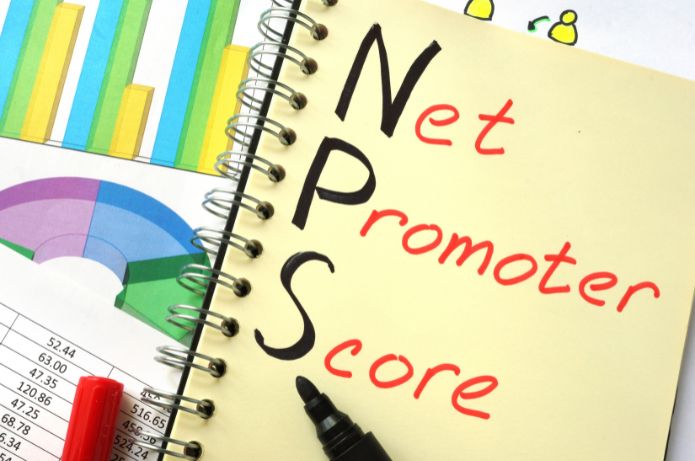NPS, or Net Promoter Score, it is a metric used to measure customer satisfaction and loyalty towards a company, product or service. Developed by Fred Reichheld, Bain & Company and Satmetrix in 2003, NPS has become one of the most popular tools for assessing customer experience and predicting business growth
Operation:
The NPS is based on a single fundamental question: "On a scale of 0 to 10, qual a probabilidade de você recomendar nossa empresa/produto/serviço a um amigo ou colega?”
Categorization of respondents:
Based on the answers, customers are classified into three groups
1. Promoters (score 9-10): Loyal and enthusiastic customers who are likely to continue buying and recommending to others
2. Passive (score 7-8): Satisfied customers, but not enthusiastic, vulnerable to competitive offers
3. Detractors (score 0-6): Unsatisfied customers who can harm the brand through negative feedback
NPS Calculation:
NPS is calculated by subtracting the percentage of Detractors from the percentage of Promoters:
NPS = % Promoters – % Detractors
The result is a number between -100 and 100
NPS Interpretation:
– NPS > 0: Generally considered good
– NPS > 50: Considered excellent
– NPS > 70: Considered world-class
Benefits of NPS:
1. Simplicity: Easy to implement and understand
2. Benchmarking: Allows comparisons between companies and sectors
3. Predictability: Correlated with business growth
4. Actionability: Identifies areas for improvement and dissatisfied customers
Limitations of NPS:
1. Excessive simplification: It may not capture the nuances of the customer experience
2. Lack of context: Does not provide reasons for the assigned scores
3. Cultural variations: The interpretations of the scale can vary between cultures
Best practices:
1. Follow-up: Ask the reason for the score to gain qualitative insights
2. Frequency: Measure regularly to track trends
3. Segmentation: Analyze the NPS by customer or product segments
4. Action: Use insights to improve products, services and experiences
Implementation:
The NPS can be implemented through email surveys, SMS, website, or integrated into applications and digital products
Importance for business:
NPS has become a key metric for many companies, being frequently used as a KPI (Key Performance Indicator) to assess customer satisfaction and overall business performance
NPS Evolution:
Since its introduction, the concept of NPS has evolved to include practices such as "Closed Loop Feedback", where companies actively monitor respondents to solve problems and improve the experience
Conclusion:
The Net Promoter Score is a valuable tool for measuring and improving customer loyalty. Although it has its limitations, its simplicity and correlation with business growth have made it a widely adopted metric. When used in conjunction with other metrics and customer experience practices, NPS can provide valuable insights to drive customer satisfaction and business growth


